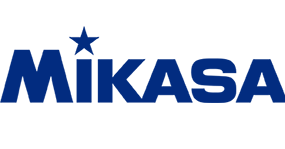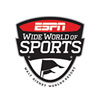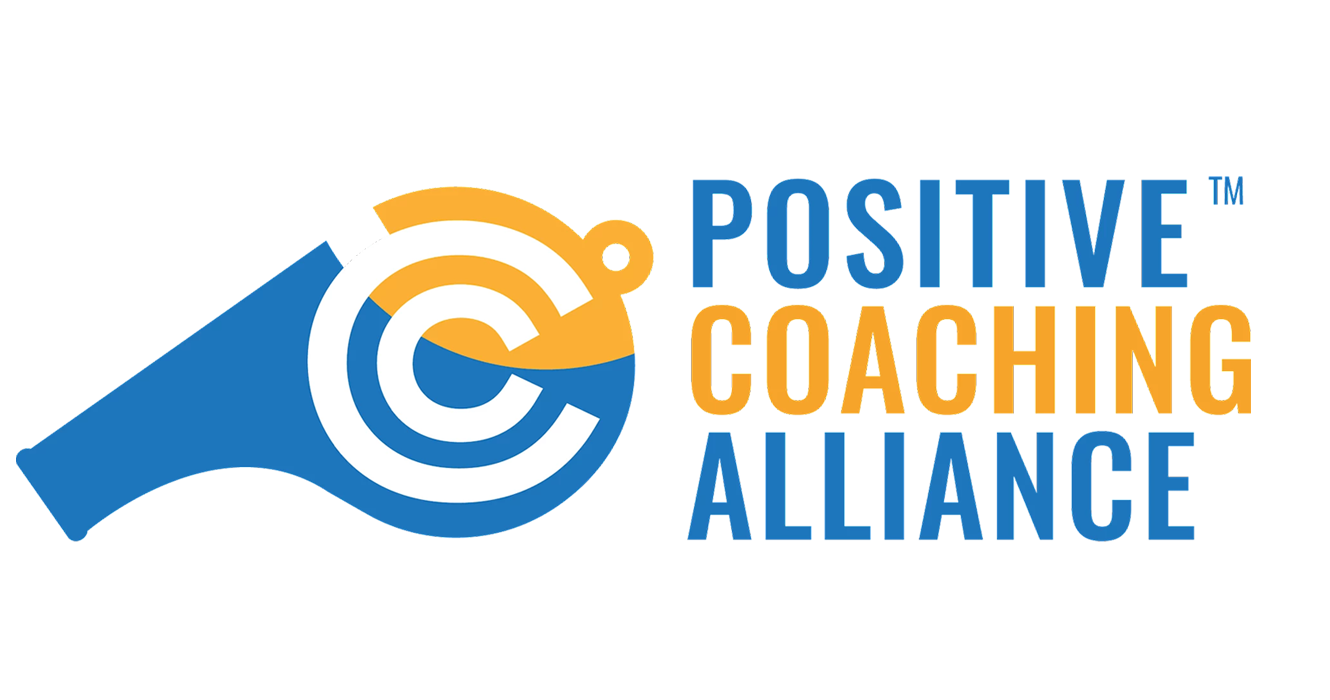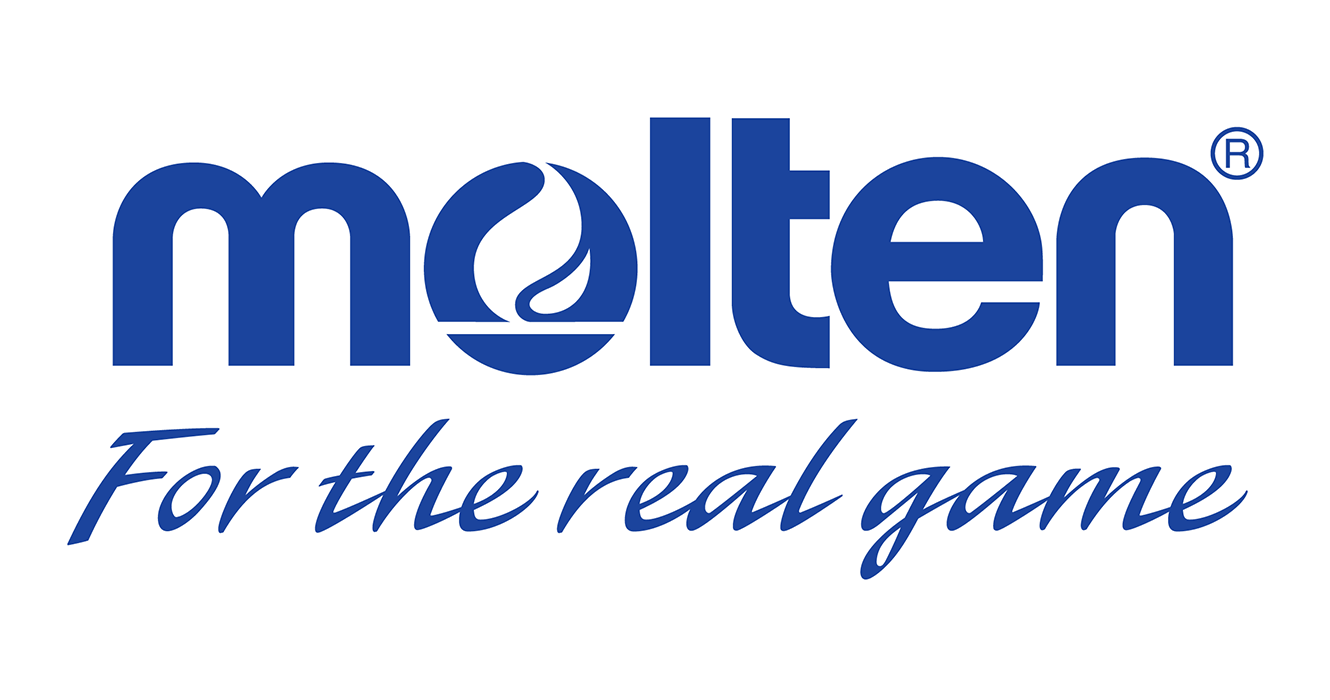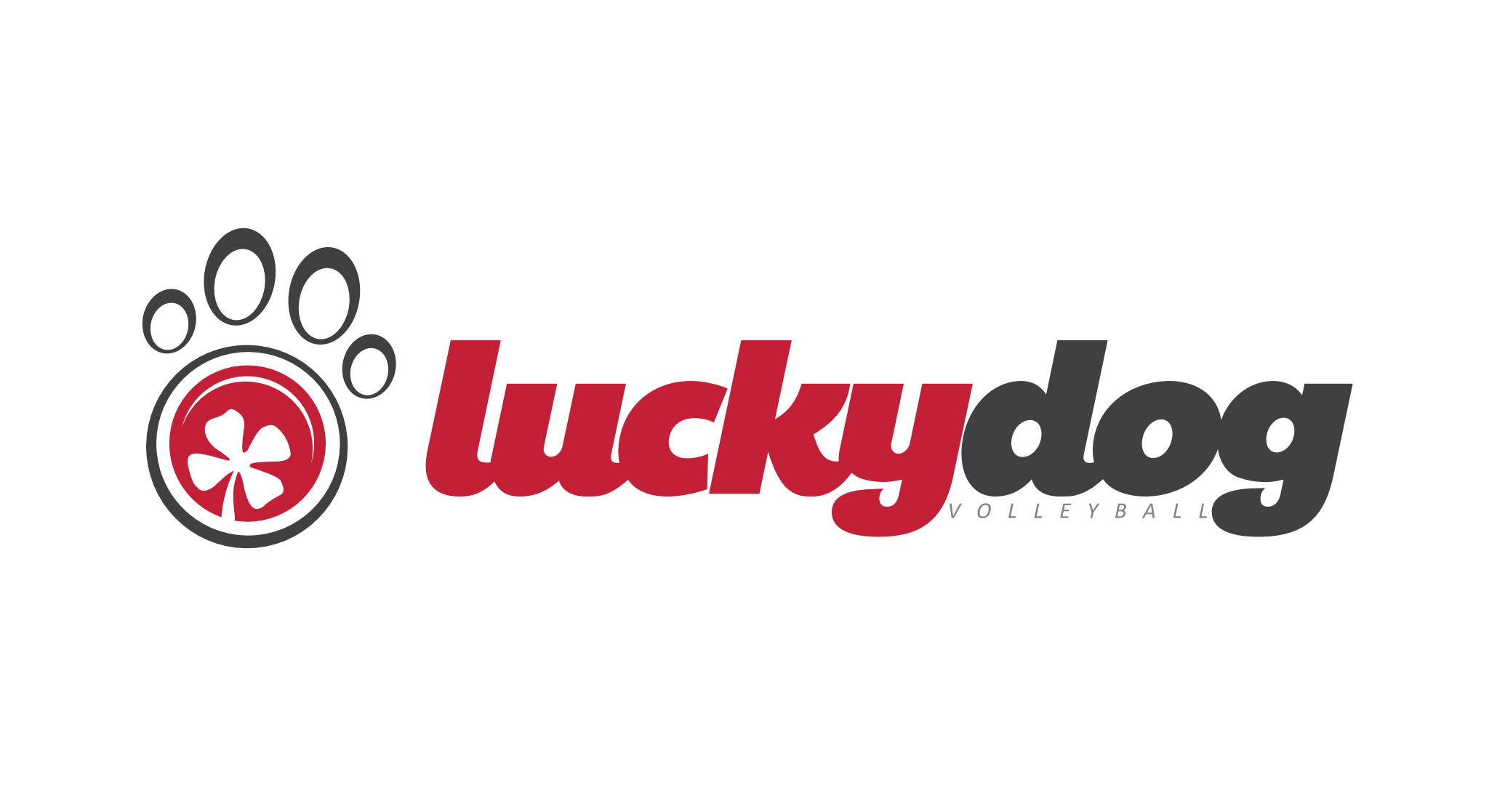How the AAU's arrival Down Under changes the game for local student athletes
09/19/2019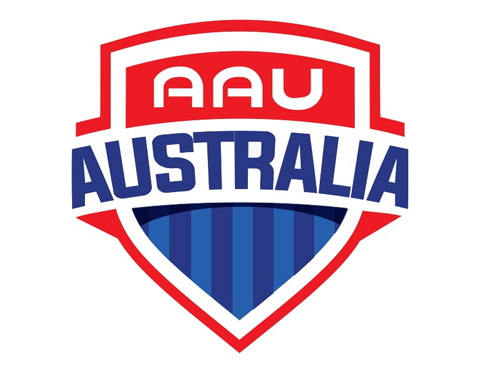
The AAU is making tremendous strides in its global initiative. In an exclusive sit down with The Pick and Roll, AAU President and CEO Dr. Roger Goudy, explains AAU's journey into "AAU Australia."
Article originally posted by Ben Mallis on pickandroll.com.au
MELBOURNE, Aus. - Most basketball fans would have heard of the Amateur Athletic Union (AAU) in the United States – its influence on global basketball is hard to miss.
Australian Thon Maker rose to international fame in 2015, on the back of a mix tape showing his exploits playing in the AAU. Ben Simmons dominated the AAU circuit on his march to LSU. The same goes for Josh Green, the impending Arizona freshman who is poised to become Australia’s next NBA draftee in June.
Australia’s brightest sporting prospects are, more frequently, joining thousands of their contemporaries from all around the world by playing high school sports under the AAU banner in North America. Each year, the AAU service over 700,000 athletes (across over 40 sports) and have approximately 150,000 volunteers. The breadth of the AAU network is staggering. While somewhat off the radar locally in Australia, there is no doubting the power of this network.
Within a basketball context, the AAU clearly remains the most effective means of reaching the NBA. Consider: 78% of all active players in the NBA played AAU basketball as a teenager. Even in a global basketball system where NBA pathways are becoming more diverse, one pathway sits above all others. The AAU may be the leading incubator for elite sporting prospects, but the system isn’t reserved just for teenagers with dreams of playing professional sport.
In an exclusive sit down with The Pick and Roll, Dr. Roger J. Goudy, the President and CEO of AAU, explained how the AAU strives to use sports as a tool to help all young student athletes, independent of their talents.
“Our moniker is sports for all,” says Dr. Goudy. “Yes, we want the Ben Simmons of the world to play AAU. No doubt about it. We want them to play with us.
“But we have a wider responsibility to allow opportunities for any kid, at any level, to have the opportunity to participate. We have a lot of players that, maybe, the best level they ever play at is in their high school career. They may go to an NAIA [National Association of Intercollegiate Athletics] college. They may go to a small school. But if it keeps them involved in sport and keeps them out of trouble, that is a great thing.”
Goudy, a lifelong educator who has spent over 40 years in the education system, is a realist. Better than most, he understands that only a portion of AAU student athletes will play professional sports or be offered a full collegiate scholarship in North America. That doesn’t matter to him or his organisation.
As Goudy explains it, every child can be successful in their athletic pursuits and get a vocational education. For him, that is the beauty of the AAU. It sees thousands of people coming together, from different backgrounds, all focusing on the same purpose: Changing the world through sports.
“The power of sports today is really underutilised,” explained Dr. Goudy. “It crosses government lines, it crosses ideologies, it crosses over everything, really, and I truly believe it can make a difference.”
With that sentiment in mind, the AAU has recently established operations in Australia. Expansion into Australia represents the latest move in the organisation’s global initiative. AAU Australia’s activities will include regional and national tournaments, camps, clinics, and athlete combines to support Australian players who aspire to become NCAA, NAIA or JUCO student athletes.
AAU Australia has already created events for boys and girls basketball, but this is just the beginning. Over time, AAU Australia will be committing resources to a full suite of junior sports – volleyball, soccer, baseball, karate and the martial arts being some examples – as it attempts to leverage the global reach of the AAU network to improve the educational pathways available for Australian student athletes.
“Providing our global resources is one of the main reasons why we are working with the team here in Australia,” says Dr. Goudy.
“Their plan is to help these kids reach their goals – come hell or high water. That is why we believe our Australian presence will be a tremendous success. Our team is doing it for all the right reasons. It always starts with that. Our team loves working with kids and they work at their craft. They are committed and passionate.”
Leading the charge in Australia are AAU Australia co-founders Pete Unwin and Brett Stringer. They are being aided by General Manager of basketball development, Tom Haupt, a former AAU coach in North America who now calls Queensland home.
Unwin, an Australian native, has coached Australian touring teams in AAU-sanctioned events across North America. He has observed the most tangible examples of how AAU athletics can change the lives of young athletes. That experience is one he is looking to replicate on local shores.
“I love what the AAU does in the United States in relation to their tournaments and how they make them amazingly social,” says Unwin.
“Every single athlete, coach or staff member that has ever gone to an AAU tournament, they will give you the same response. AAU will work in Australia because it is an incredible experience. It all has to be about the experience. Win, lose or draw; it is all about the experience.
“Don’t get me wrong, there are some massively competitive components to it as well. But when you go into a stadium and there are 50 courts all under the one roof, and you see six and seven-year-olds playing their hearts out. Then you see teenagers playing in the same situation. You just realise how important sport is for these families and these kids.”
Those backing AAU in Australia are quick to state that this isn’t an attempt to usurp the traditional pathways for Australian athletes. In fact, Dr. Goudy, Unwin and Haupt are all complimentary of the existing programs in place for Australian basketballers.
AAU Australia, however, is here to provide a new experience for youth athletes.
AAU Australia programs will attempt to prolong the youth sports experience for all student athletes, regardless of their talent level. And for the elite prospects, such as those with dreams of playing at the college level, the AAU will offer sustained exposure at a level never before seen in Australia.
“I know our AAU team in Australia are looking forward to working with all the groups currently in Australia,” says Unwin. “It isn’t like we are here to compete with anybody. We are here to provide additional opportunities, additional resources and additional access to people because we have the network. Why not share them?”
Dr Goudy uses the example of AAU’s annual volleyball tournament in Orlando as proof that AAU can change the lives of young Australians. Each year, 700 North American college coaches attend the event to scout the next generation of scholarship athletes. It’s logistically impossible for that many elite coaches to attend events in Australia, so the AAU short-circuits the process by hosting multiple Australian teams every year. This provides student athletes with expsoure to coaches at the collegiate level that would ordinarily never be available. AAU is attempting to do the same thing with basketball.
The AAU has also partnered with BallerTV (website link), a North American digital broadcast network, to broadcast all AAU Australia events and beam footage all around the world. This will make every AAU Australia sporting event available to a global audience.
“Once we start having tournaments in Australia, and these games are broadcast by BallerTV, it is our responsibility to let people all around the world know we have tape of these games,” explains Haupt.
Haupt, who was an AAU as a coach in Arizona for 16 years before relocating to Australia, is the best local example of how the AAU can leverage a global network for the betterment of Australian athletes. Haupt has worked alongside coaches at every level of the NCAA, and even coached athletes in AAU that are now Division 1 coaches in the NCAA.
“It is our responsibility, in supporting our young people, to lean on our contacts in the coaching circles,” says Haupt. “Our contacts are part of what we will provide to all our kids. We have contacts and coaches in America.
“I got a young Australian lady an opportunity to play college basketball in Florida four years ago and she just recently graduated. How did we get there? We sat down at the kitchen table and we first analysed where her level was. For her, Division III was realistic. Then it was a case of asking which part of America do you want to live in? What do you want to study? Then we started looking at schools to see where that curriculum is offered. Then the last part is finding the schools that have basketball and finding the right fit. We just kept narrowing it down until we have a list of schools to go after. It is a process but that is what we do.
“It isn’t just a case of putting on tournaments and all going home. No. Now that you have something on film and this opportunity of playing against good competition, the coaches can see the level of play is really good. Then you have to sell yourself and market yourself. That is what we do.”
What the AAU “does” can be interpreted across many different dimensions, for there are many different ways this tangible shines through. Yet embedded in every decision is a commitment to leverage sports for the betterment of young student athletes.
“Sport develops kids,” says Dr Goudy. “It teaches them how to work within a team with others, and those lessons apply to all of life, regardless of what pathway the kids choose. There is so much value out of this.
“I believe in our team in Australia. They are passionate and sincere. They are undertaking this process for the right reasons. We want people who care about kids. These are the right guys.”
More information on AAU Australia can be found at their website.
AAU basketball activities tip off with their Spring Madness National Championship, October 1-4 at Dandenong Basketball Centre. For more information or to register a team go to the following link: www.springmadnessbasketball.com.au.
MELBOURNE, Aus. - Most basketball fans would have heard of the Amateur Athletic Union (AAU) in the United States – its influence on global basketball is hard to miss.
Australian Thon Maker rose to international fame in 2015, on the back of a mix tape showing his exploits playing in the AAU. Ben Simmons dominated the AAU circuit on his march to LSU. The same goes for Josh Green, the impending Arizona freshman who is poised to become Australia’s next NBA draftee in June.
Australia’s brightest sporting prospects are, more frequently, joining thousands of their contemporaries from all around the world by playing high school sports under the AAU banner in North America. Each year, the AAU service over 700,000 athletes (across over 40 sports) and have approximately 150,000 volunteers. The breadth of the AAU network is staggering. While somewhat off the radar locally in Australia, there is no doubting the power of this network.
Within a basketball context, the AAU clearly remains the most effective means of reaching the NBA. Consider: 78% of all active players in the NBA played AAU basketball as a teenager. Even in a global basketball system where NBA pathways are becoming more diverse, one pathway sits above all others. The AAU may be the leading incubator for elite sporting prospects, but the system isn’t reserved just for teenagers with dreams of playing professional sport.
In an exclusive sit down with The Pick and Roll, Dr. Roger J. Goudy, the President and CEO of AAU, explained how the AAU strives to use sports as a tool to help all young student athletes, independent of their talents.
“Our moniker is sports for all,” says Dr. Goudy. “Yes, we want the Ben Simmons of the world to play AAU. No doubt about it. We want them to play with us.
“But we have a wider responsibility to allow opportunities for any kid, at any level, to have the opportunity to participate. We have a lot of players that, maybe, the best level they ever play at is in their high school career. They may go to an NAIA [National Association of Intercollegiate Athletics] college. They may go to a small school. But if it keeps them involved in sport and keeps them out of trouble, that is a great thing.”
Goudy, a lifelong educator who has spent over 40 years in the education system, is a realist. Better than most, he understands that only a portion of AAU student athletes will play professional sports or be offered a full collegiate scholarship in North America. That doesn’t matter to him or his organisation.
As Goudy explains it, every child can be successful in their athletic pursuits and get a vocational education. For him, that is the beauty of the AAU. It sees thousands of people coming together, from different backgrounds, all focusing on the same purpose: Changing the world through sports.
“The power of sports today is really underutilised,” explained Dr. Goudy. “It crosses government lines, it crosses ideologies, it crosses over everything, really, and I truly believe it can make a difference.”
With that sentiment in mind, the AAU has recently established operations in Australia. Expansion into Australia represents the latest move in the organisation’s global initiative. AAU Australia’s activities will include regional and national tournaments, camps, clinics, and athlete combines to support Australian players who aspire to become NCAA, NAIA or JUCO student athletes.
AAU Australia has already created events for boys and girls basketball, but this is just the beginning. Over time, AAU Australia will be committing resources to a full suite of junior sports – volleyball, soccer, baseball, karate and the martial arts being some examples – as it attempts to leverage the global reach of the AAU network to improve the educational pathways available for Australian student athletes.
“Providing our global resources is one of the main reasons why we are working with the team here in Australia,” says Dr. Goudy.
“Their plan is to help these kids reach their goals – come hell or high water. That is why we believe our Australian presence will be a tremendous success. Our team is doing it for all the right reasons. It always starts with that. Our team loves working with kids and they work at their craft. They are committed and passionate.”
Leading the charge in Australia are AAU Australia co-founders Pete Unwin and Brett Stringer. They are being aided by General Manager of basketball development, Tom Haupt, a former AAU coach in North America who now calls Queensland home.
Unwin, an Australian native, has coached Australian touring teams in AAU-sanctioned events across North America. He has observed the most tangible examples of how AAU athletics can change the lives of young athletes. That experience is one he is looking to replicate on local shores.
“I love what the AAU does in the United States in relation to their tournaments and how they make them amazingly social,” says Unwin.
“Every single athlete, coach or staff member that has ever gone to an AAU tournament, they will give you the same response. AAU will work in Australia because it is an incredible experience. It all has to be about the experience. Win, lose or draw; it is all about the experience.
“Don’t get me wrong, there are some massively competitive components to it as well. But when you go into a stadium and there are 50 courts all under the one roof, and you see six and seven-year-olds playing their hearts out. Then you see teenagers playing in the same situation. You just realise how important sport is for these families and these kids.”
Those backing AAU in Australia are quick to state that this isn’t an attempt to usurp the traditional pathways for Australian athletes. In fact, Dr. Goudy, Unwin and Haupt are all complimentary of the existing programs in place for Australian basketballers.
AAU Australia, however, is here to provide a new experience for youth athletes.
AAU Australia programs will attempt to prolong the youth sports experience for all student athletes, regardless of their talent level. And for the elite prospects, such as those with dreams of playing at the college level, the AAU will offer sustained exposure at a level never before seen in Australia.
“I know our AAU team in Australia are looking forward to working with all the groups currently in Australia,” says Unwin. “It isn’t like we are here to compete with anybody. We are here to provide additional opportunities, additional resources and additional access to people because we have the network. Why not share them?”
Dr Goudy uses the example of AAU’s annual volleyball tournament in Orlando as proof that AAU can change the lives of young Australians. Each year, 700 North American college coaches attend the event to scout the next generation of scholarship athletes. It’s logistically impossible for that many elite coaches to attend events in Australia, so the AAU short-circuits the process by hosting multiple Australian teams every year. This provides student athletes with expsoure to coaches at the collegiate level that would ordinarily never be available. AAU is attempting to do the same thing with basketball.
The AAU has also partnered with BallerTV (website link), a North American digital broadcast network, to broadcast all AAU Australia events and beam footage all around the world. This will make every AAU Australia sporting event available to a global audience.
“Once we start having tournaments in Australia, and these games are broadcast by BallerTV, it is our responsibility to let people all around the world know we have tape of these games,” explains Haupt.
Haupt, who was an AAU as a coach in Arizona for 16 years before relocating to Australia, is the best local example of how the AAU can leverage a global network for the betterment of Australian athletes. Haupt has worked alongside coaches at every level of the NCAA, and even coached athletes in AAU that are now Division 1 coaches in the NCAA.
“It is our responsibility, in supporting our young people, to lean on our contacts in the coaching circles,” says Haupt. “Our contacts are part of what we will provide to all our kids. We have contacts and coaches in America.
“I got a young Australian lady an opportunity to play college basketball in Florida four years ago and she just recently graduated. How did we get there? We sat down at the kitchen table and we first analysed where her level was. For her, Division III was realistic. Then it was a case of asking which part of America do you want to live in? What do you want to study? Then we started looking at schools to see where that curriculum is offered. Then the last part is finding the schools that have basketball and finding the right fit. We just kept narrowing it down until we have a list of schools to go after. It is a process but that is what we do.
“It isn’t just a case of putting on tournaments and all going home. No. Now that you have something on film and this opportunity of playing against good competition, the coaches can see the level of play is really good. Then you have to sell yourself and market yourself. That is what we do.”
What the AAU “does” can be interpreted across many different dimensions, for there are many different ways this tangible shines through. Yet embedded in every decision is a commitment to leverage sports for the betterment of young student athletes.
“Sport develops kids,” says Dr Goudy. “It teaches them how to work within a team with others, and those lessons apply to all of life, regardless of what pathway the kids choose. There is so much value out of this.
“I believe in our team in Australia. They are passionate and sincere. They are undertaking this process for the right reasons. We want people who care about kids. These are the right guys.”
More information on AAU Australia can be found at their website.
AAU basketball activities tip off with their Spring Madness National Championship, October 1-4 at Dandenong Basketball Centre. For more information or to register a team go to the following link: www.springmadnessbasketball.com.au.
 Email
Email Print
Print

